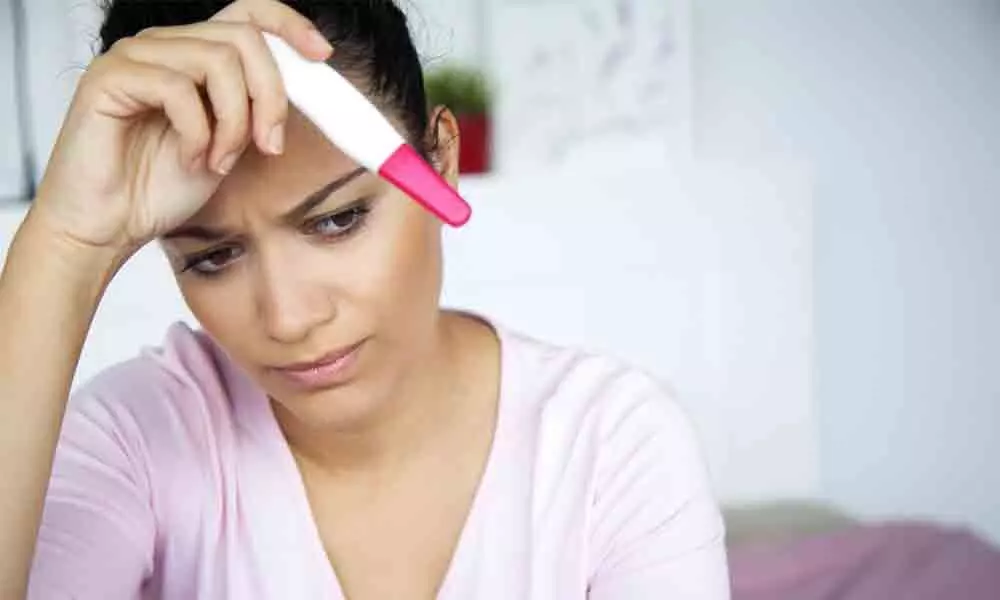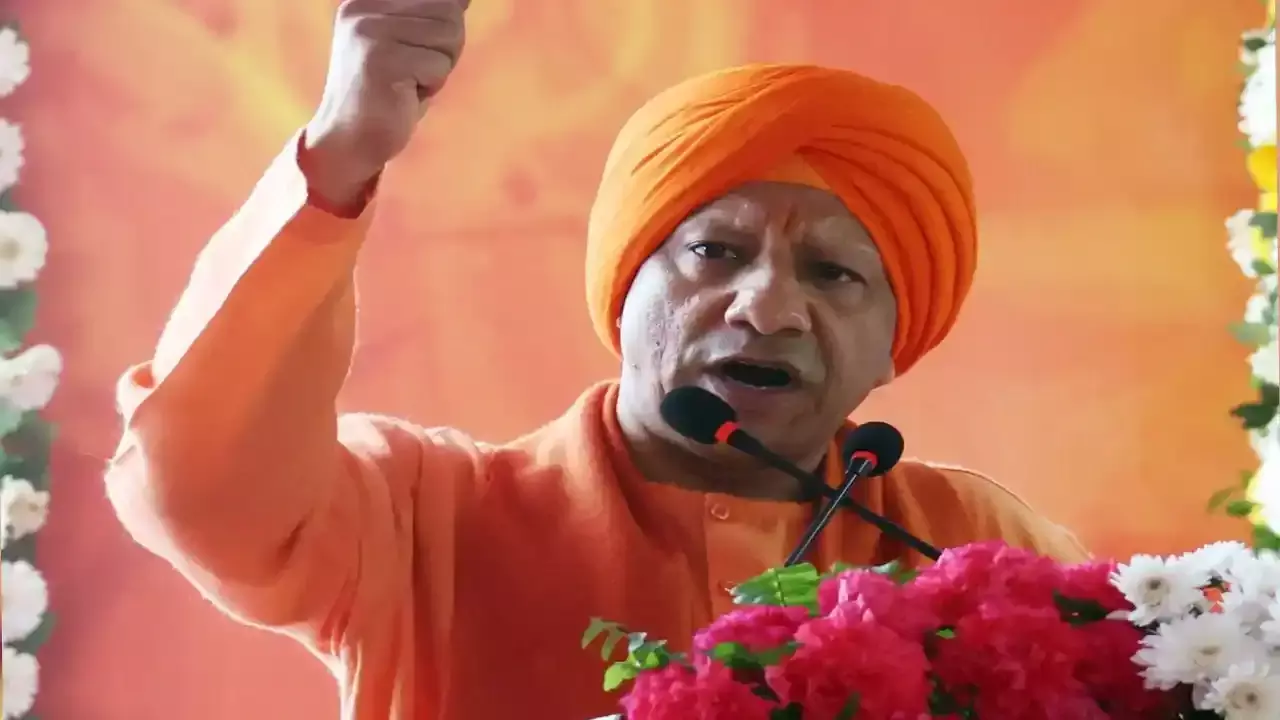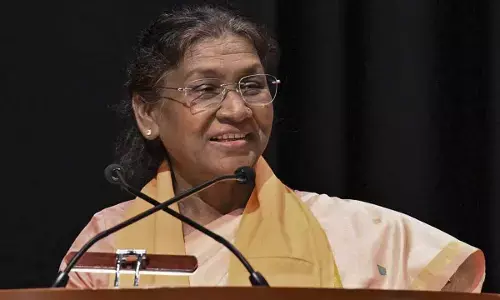Getting married after 30, know about your biology?

Women who have decide to delay pregnancy until the age of 35, should invest their time in obtaining information on appropriate tests and treatment while remaining realistic about the chances for success with infertility therapy
Women are significant contributors to the growing economy and they have made a significant progress over the last several decades. As women strike a new balance between education, career, and relationships, many have elected to delay marriage and motherhood.
When women hit 30, they are constantly reminded that their biological clock is ticking, and that they "should" be focusing on finding a partner and settling down. Here are few things women must keep in mind if she is getting married after 30:
Ideal age for women to get pregnant
The accepted age for being a mom is up to 35 (though science can make even a woman a mom at 50-year-old). A woman's best reproductive years are in her 20s. Their fertility gradually declines in the 30s, particularly after the age of 35. A woman's chance is less than 5per cent per cycle once she is 40. Women loses fertility after menopause. The average age for menopause is 51, but most women cannot conceive after they reach their mid-40s. Biological clock is used to describe the idea of the fertility potential in women. Anything above that is generally considered risky.
Reduction in the follicles rate
One million follicles to 300, as women age, fertility rate declines due to the changes that occur in the ovaries. A woman is born with all the egg-containing follicles in her ovaries. At birth there are about one million follicles and by puberty that number drops to about 300,000. Of the follicles remaining at puberty, only about 300 will be ovulated during the reproductive years.
Degeneration of follicles without ovulation
Most follicles are not used up by ovulation, but through an ongoing gradual process of loss called atresia. Atresia is a degenerative process that occurs regardless of whether you are pregnant, have normal menstrual cycles, use birth control, or are undergoing infertility treatment.
Fewer successful pregnancy rate post 30
Less than 5 out of every 100 women are expected to be successful each month. It is observed that among every 100 fertile 30-year-old women who are trying to get pregnant in 1 cycle only 20 will be successful and the other 80 will have to try again.
Woman's age plays a key role in deciding the success rates of infertility treatments. The percentages mentioned above are true for natural conception as well as conception using fertility treatment, including in vitro fertilization (IVF). The stories in the media may lead women and their partners to believe that they will be able to use fertility treatments such as IVF to get pregnant, but Women who have decide to delay pregnancy until the age of 35, should invest their time in obtaining information on appropriate tests and treatment while remaining realistic about the chances for success with infertility therapy. Once you are well versed with all the options and being aware of your own needs and goals, a woman and her partner will be in good position to make the best decisions.
(The writer is a VP, Lister Metropolis Healthcare Ltd)
















